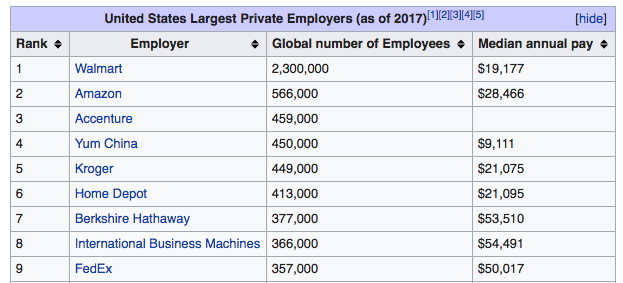Artificial Intelligence is changing the future of work, but there’s one thing that AI won’t be able to do. AI will not be able to create more ‘geniuses’.
A recent study by MIT professors found that as the digital versions of labor grow and will continue to grow, and labor will be able to reproduced cheaply in a number of industries and positions, but the one thing that can’t be duplicated by digital technologies are genius employees. Those employees who are your truly lift your organization to another level.
We all know those rare superstar employees. The one person who has built a product for your organization that will be the future of what you do. The one person who sells 40%+ more than any other person on your team, consistently, year after year. The one person on your team that consistently attracts A players to your team and great talent from other organizations want to work for.
These aren’t your 20/80 employees. 20% of your employees do 80% of the work. These are your employees who are above that. They would rank as your number one employee out of that top 20%. These are the employees that if you had an employee draft on who starts a new company, these folks would always be number one pics.
Our reality as HR leaders, TA leaders, organizational leaders is we will have to start focusing on how do we keep and attract superstar employees. Right now we really work to fill roles with solid hires. Basically, that’s the goal. With the rise of AI-driven automation of transactional work, it will be critical for us to hire a few superstars, more than a bunch of rank and file.
I have a feeling the future of TA team design will have a component of superstar recruiting. In college athletics, the superstar recruit is a 5-star kid. There are very few 5 stars. If you get one, you hit a grand slam in recruiting. Very few schools get 5-star kids. Most schools will be fighting for 3-star and 2-star kids.
I had a feeling that Sourcing automation was going to kill sourcing as a function, but I now see this design where really high-level sourcers will continue to have a very valuable role in finding not just ‘a’ person to fill a position, but finding ‘the’ person to fill a position. Where it will be the job of a part of the TA team to discover who are truly the superstars in certain skill sets across an industry and then work to attract those few potential 5-star employees.
AI will take away a big subset of work that can be easily automated. It won’t be able to take away genius-level, superstar work because those individuals create the future and make things work that aren’t working. They solve unsolvable problems. They predict the unpredictable. You need them more than most of your other employees.
The future of TA is your ability to find, attract and hire superstars. Not everyone will get one. Some will get more than one. The real value of great TA in the world of AI is your ability to hire 5-stars.

